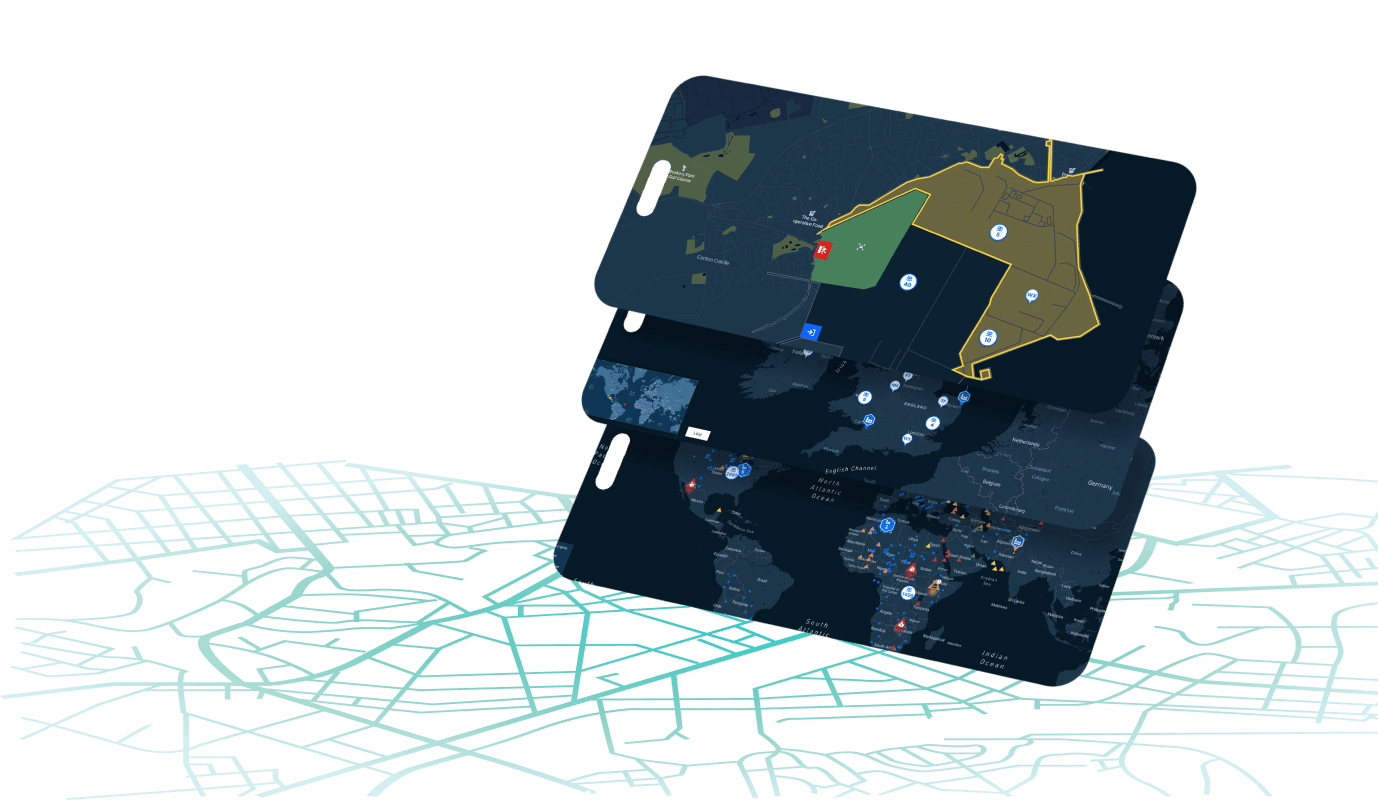My name is Scott Gibson. I'm a Senior Director at The Chertoff Group. We're a security risk advisory firm. I work in our security risk and resilience practice. Right now, the landscape for resilience is complex. And especially the tools that support it. I think right now what we've seen over the past five years especially is a lot of bifurcation of capability.
A lot of very specific tools to solve specific challenges. But less and less integration and now seeing something like resilienceOS being able to integrate various systems, various information streams and also being able to action that information effectively across your company, not just within a security organization, but within the various stakeholders and roles and responsibilities.
There's a lot of power in that in driving efficiency, but also effectiveness for a security team in managing risk and overall resilience. First impressions, I thought one, the integration looked very nice, which obviously is not necessarily the most important thing, but having worked with a lot of operators and been in operator roles before, I'll say that having a clean tool that's easy to work with and understand has a lot of value.
For me, it was also impressive to see the ease of using the system, the amount of information that could be incorporated into it. But also, despite that, not an overly significant amount of noise. The ability to target information in a specific way that's meaningful to an operator, to an organization.
And then action that was impressive. I think resilience is often a distinct conversation from risk and a lot of companies. And I think that's clear in the way you look at organizational structures. More and more today, you're seeing business continuity and crisis management is functions being bolted onto security organizations because nobody else knows where to put them.
And security is already response focused, so why not put it there? But that doesn't necessarily come with the understanding of the discipline and how those risks have implications for the broader enterprise. While security risk is its own specific area, understanding how that translates to resilience and how a resilience capability fits into an overall enterprise risk management function isn't, I think, super well clear or understood yet for a lot of organizations.
So having a capability to broaden that understanding and help companies better capture risk and resilience in a single pane of glass and how that's managed can be pretty impactful.
The most cutting edge piece that I found valuable, especially from the CSO lens is the kind of open source information pull, like the ability to use Dataminr or other systems and incorporate that directly and a very easy kind of toggle on toggle off kind of way.
That's a leap forward. I think in a lot of ways for the centralization of information management, and then again, from an operator lens, the ability to transition that into actionable and automated workflows, there's a lot of benefit that's going to provide security and resilience teams.












